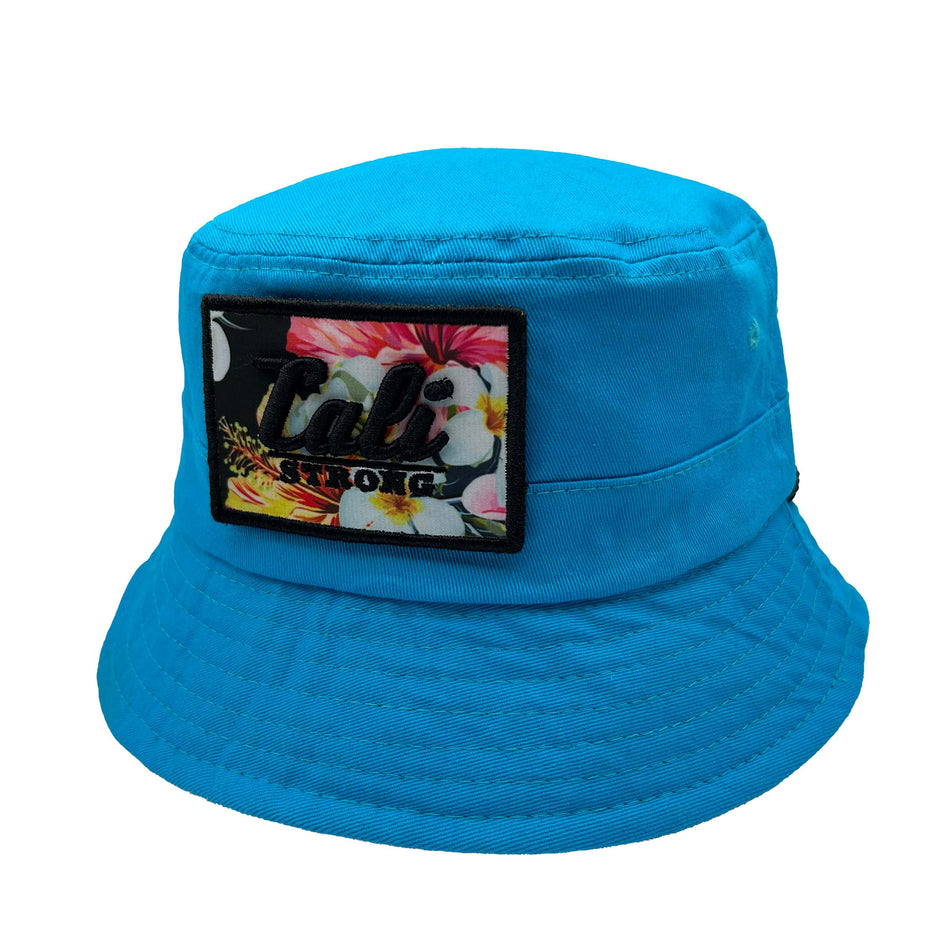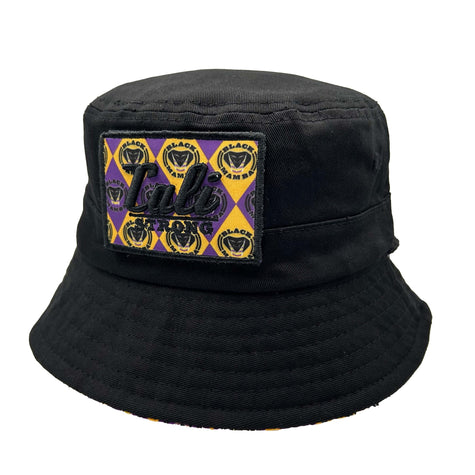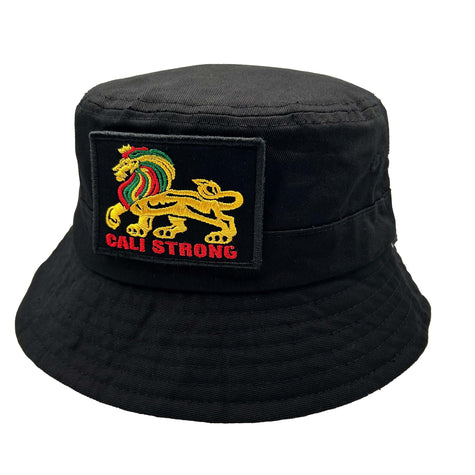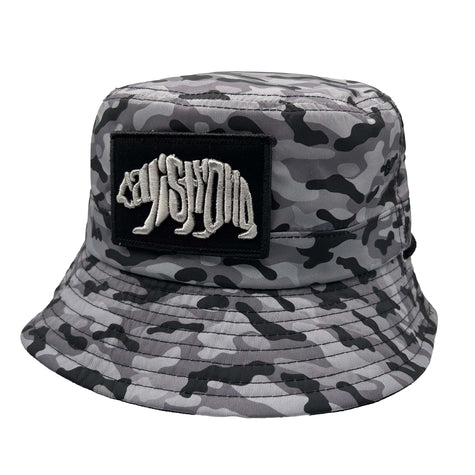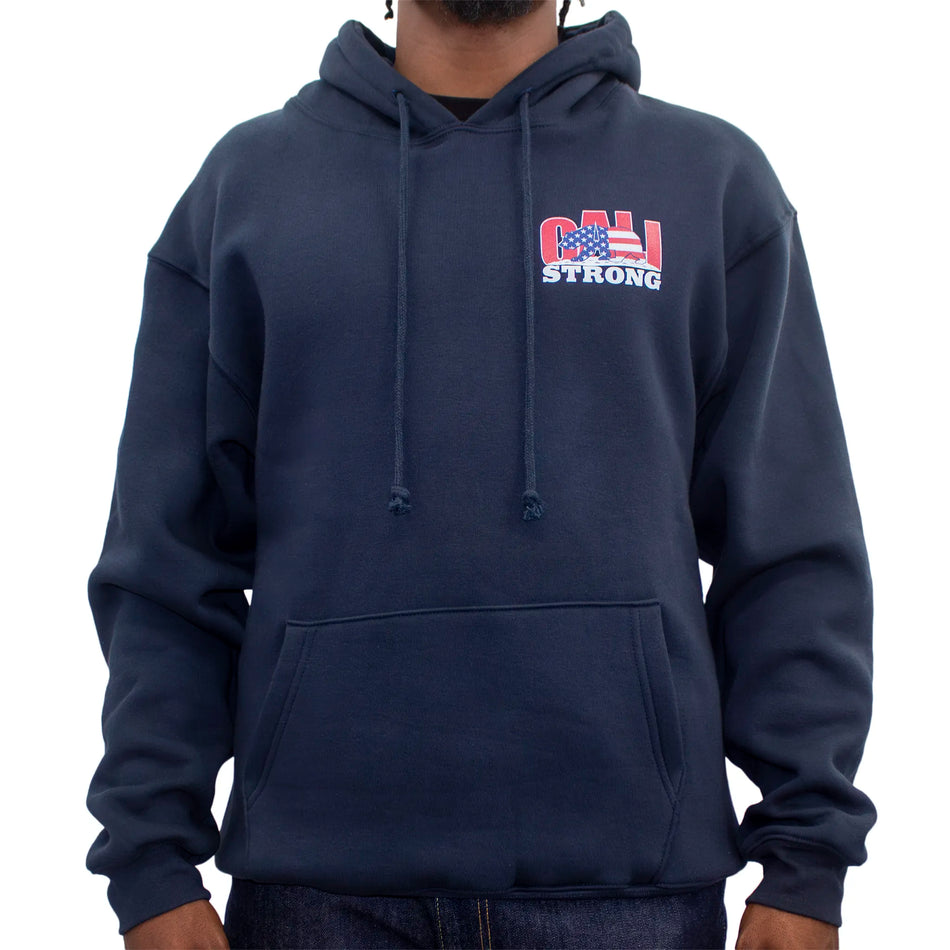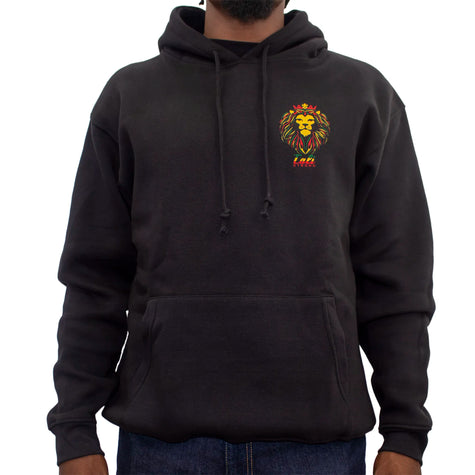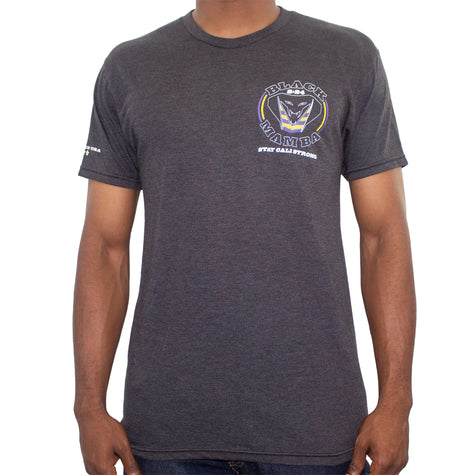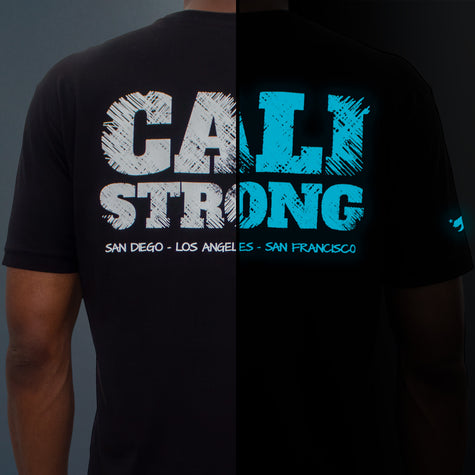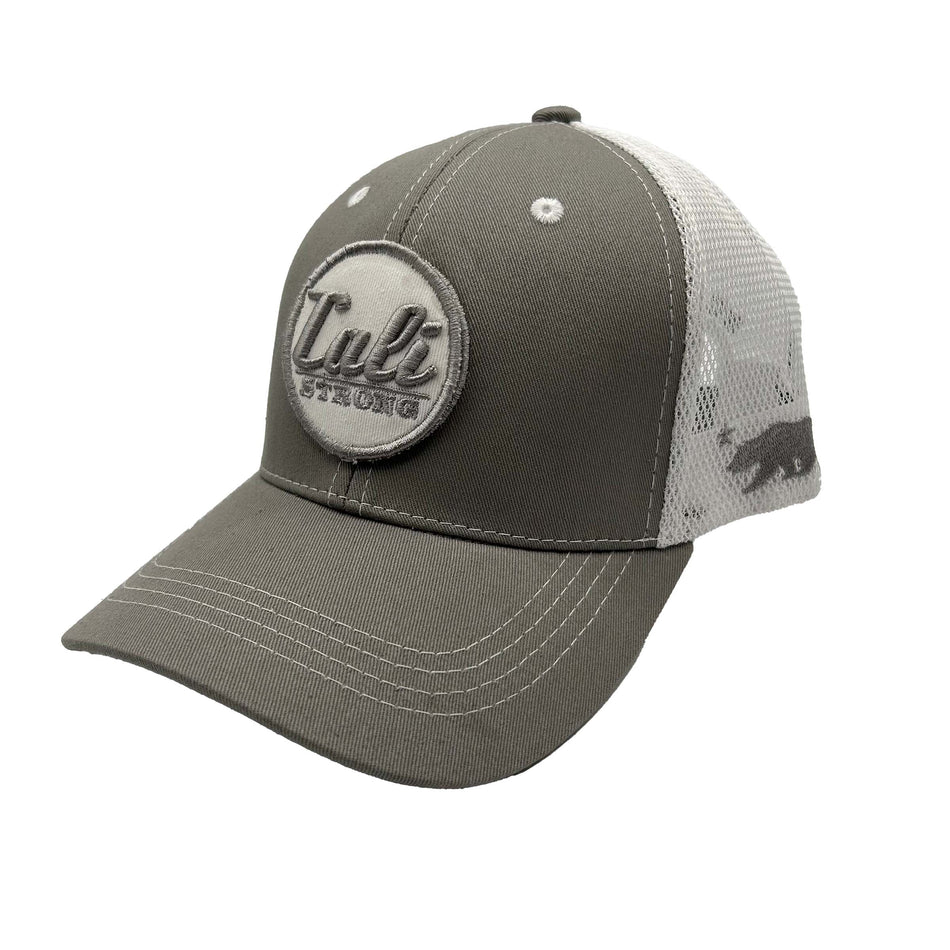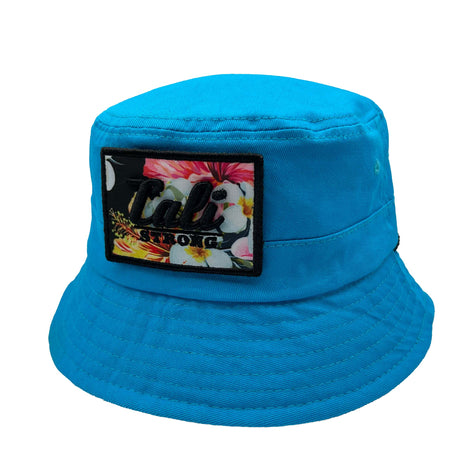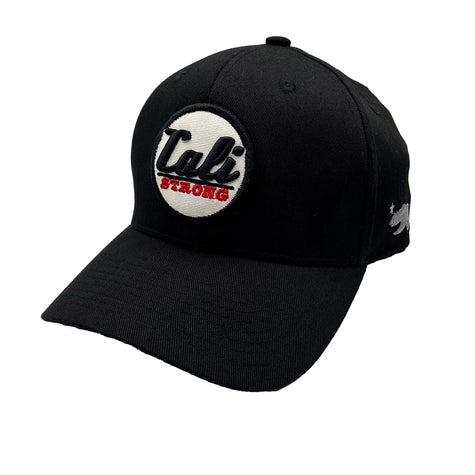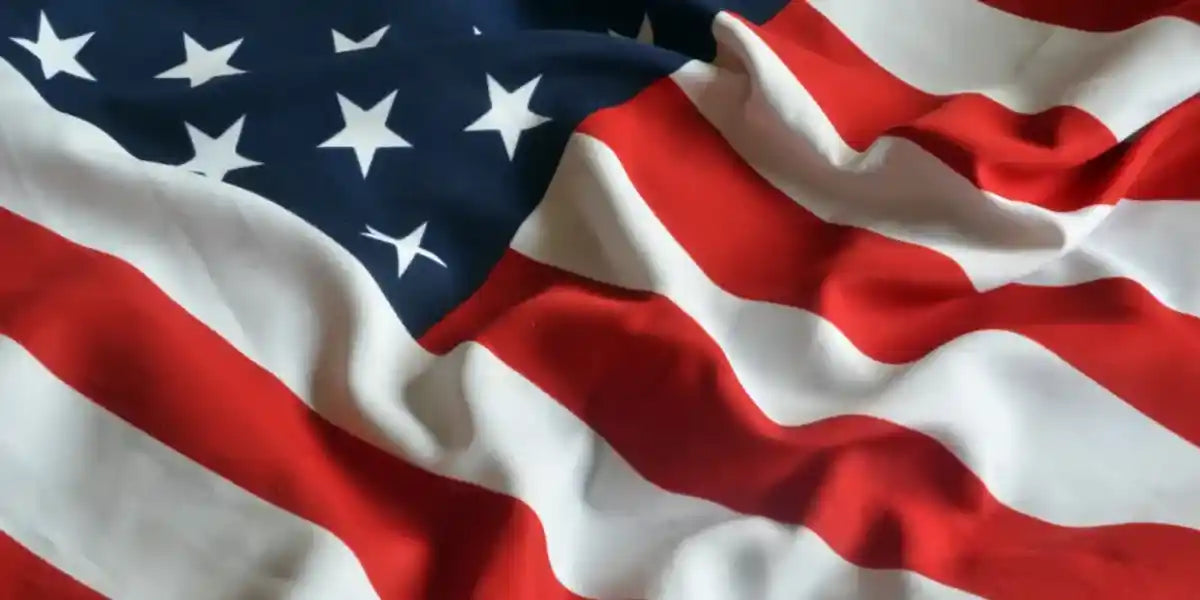Skateboarding: The Latino Effect
Latino Americans and Skateboarding Have a Rich History
In the 1990’s and early 2000’s, mainstream pop culture associated skateboarding primarily with white suburban boys. The stereotypical “skater boy” had long blonde hair and a punk or hippie aesthetic. These days, it is much more common to find Native American, Black, and Latino youth skateboarding and embracing skater culture, as well as punk and hippie culture.
However, it might surprise you to discover that Latino Americans and skateboarding have a longstanding relationship. Latino youth have rich historical ties to skateboarding and to punk rock culture in general.
Latinos have always had a strong presence in extreme sports, and particularly in skateboarding. Latinos have made many contributions that helped to shape skater culture, in L.A. and elsewhere. Let’s take a look at a few Latino individuals who have played important roles in the sport.

Z-Boys Circa 1975 (upper row L-R) Shogo Kubo, Bob Biniak, Nathan Pratt, Stacy Peralta, Jim Muir
Alan Sarlo, Chris Cahill, Tony Alva (bottom row L-R) Wentzle Ruml IV, Peggy Oki, Jay Adams, Paul Constantineau
Tony Alva, Stacy Peralta, and the Z-Boys

Z-Boy Stacy Peralta
The Z-Boys met in the mid 1970’s through their shared passion for surfing, initially representing the Zephyr Surfboard Shop in competitions (hence the name “Z-Boys”). At first, skateboarding was just a way that the boys passed time when they weren’t surfing. Eventually, however, they began to skate competitively as well, forming a skate team that was separate from their surf team.

Z-Boy Tony Alva
Alva and Peralta, who are both of Mexican American heritage, were two of the original members of that team. The Z-Boys introduced a punk aesthetic to skateboarding and started the practice of adding aerial jumps. They are portrayed in the movie “Lords of Dogtown,” for which Stacy Peralta wrote the script.
Peralta also held the first Professional Skateboarding World Champion title. Tony Alva became the first actual skater to own a skateboarding company, founding Alva Skates in 1977.
Paul Rodriguez, the X Games, and Nike
Known also by his nickname, “P-Rod,” Paul Rodriguez III is the son of Mexican American comedian Paul Rodriguez. The younger Rodriguez is famous in his own right, as a skateboarding champion at the X Games. Since the age of 19, P-Rod has won three X Games gold medals, as well as two other medals.

Paul Rodriguez Pro Champion Skateboarder
He has also made history as the first skater and the first Mexican American to be recognized by Nike with a signature shoe, the Zoom Air Paul Rodriguez. He also starred in a Nike ad campaign along with rapper Ice Cube and NBA star Kobe Bryant.
Other Latino Skaters and the Diversity of Skateboarding Culture
There are many other Latino skaters, including Vanessa Torres, who won the gold medal in the X Games’ first women’s skateboarding competition in 2003. Sandro Dias, a skater from Brazil, had a run from 2003-2007 holding the championship title for vert skateboarding (riding on a ramp or other incline and performing tricks).
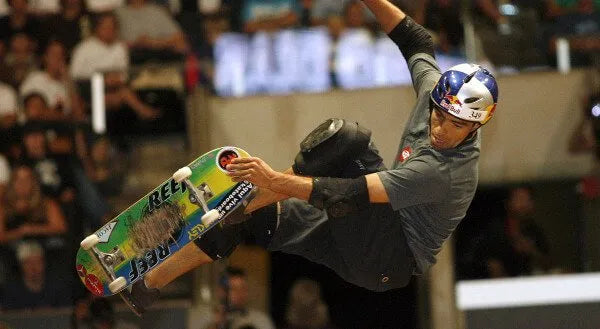
Sandro Dias Pro Skateboard Champion
Latinos have a prominent place in the history of skating and the formation of skate culture, as do Native & African Americans. Although there was a time when skaters of these cultures were seen as outsiders, they did not let that quell their passion for the sport. Skateboarding has a history of bringing skaters together across racial lines. It is important to acknowledge that aspect of the culture, as well as to acknowledge the diverse backgrounds of those who developed the sport.
About the Author: Jim Stroesser, “The Brand Master”
With nearly four decades of experience, Jim Stroesser is a driving force in the world of global consumer branding across the sports, fashion, and entertainment industries. His journey from tech rep to CEO of iconic brands showcases his unparalleled ability to transform and elevate businesses.
As Co-Founder and CEO of CALI Strong, a direct-to-consumer sports brand based in San Diego, CA, Jim leads the charge in creating premium sports apparel, footwear, and equipment that embody the California lifestyle.
His legacy as an industry turnaround expert was cemented at Converse, where he spearheaded the brand's resurgence from bankruptcy, elevating its sales from $120 million to $285 million and finally a $305 million acquisition by Nike – a landmark deal that reshaped the industry.
Jim's expertise extends to leadership roles at Nike, Quiksilver, Oakley, LA Gear, Roxy, RL, Pony, Bob Marley and Adio. He currently serves on several boards, including SDSI, where he mentors emerging companies alongside Chairman Bill Walton.


